All about cacti: description, types and cultivation
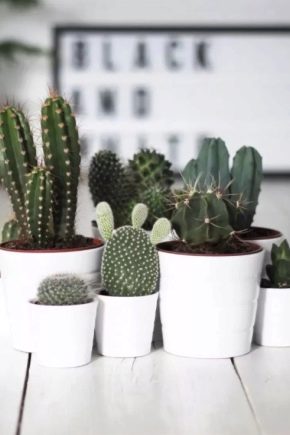
Ornamental plants are not only “tactile” species. A cactus can also become a full-fledged decoration of one or another part of the house. But to achieve this, you need to thoroughly study the topic.
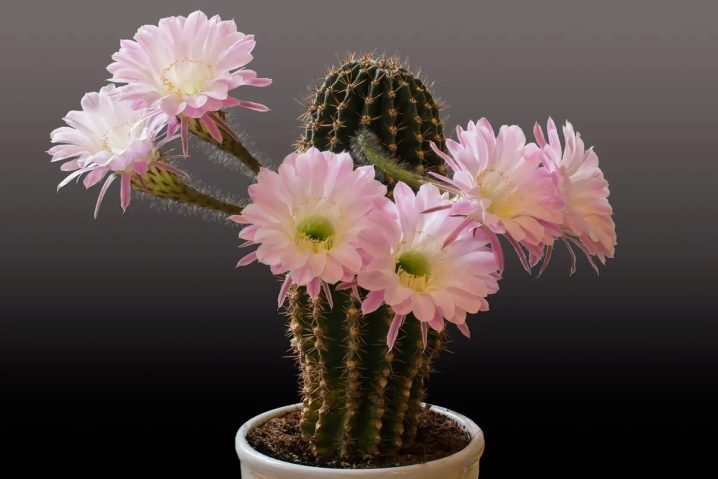
Peculiarities
If you ask most people to describe a cactus, then in response you will hear that it is a thorny plant species that needs little water and is not very attractive. However, in reality, the cactus is much more interesting, and you can even write whole books about it. Such a plant belongs to the SUKKULENTS group, which sometimes do not receive moisture from the outside for many months. They are even able to develop on very poor land, where almost nothing else grows.
The phenomenal ability of cacti not only to survive in such conditions (and even in extreme heat), but even to bloom.
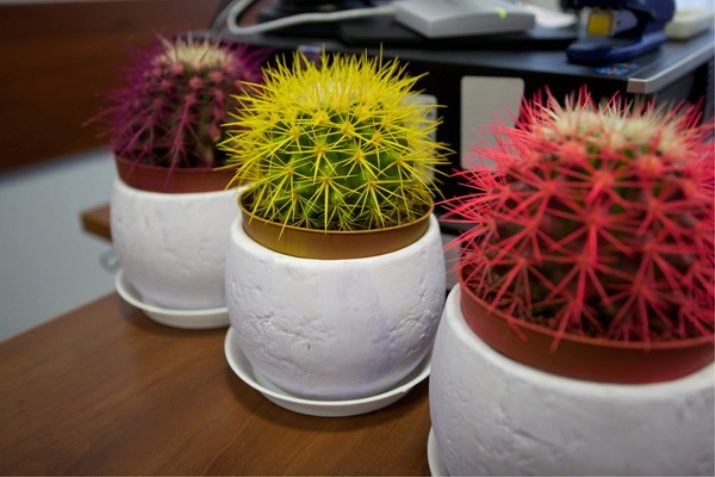

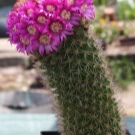
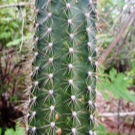
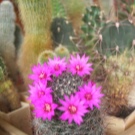
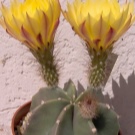
Such "talents" of plants clearly show how great the adaptive forces of nature, and how bizarre evolution can be. The cactus family is found throughout South and North America. But botanists believe that basically this culture was formed nevertheless in the southern part of the continent, and only then spread to the north. Such a wide habitat means, of course, the difference in the surrounding natural conditions. Almost everything is different:
- climate;
- natural and geographical area;
- soil characteristics.
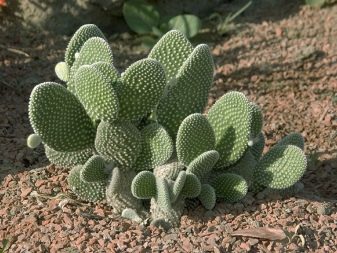
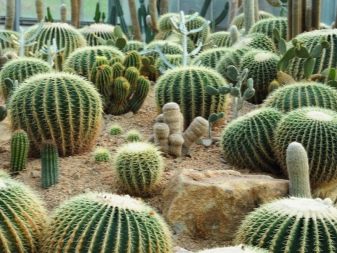
In tropical forests, cacti grow on tree trunks. You can often find them in the middle of savannas, in deserts and semi-deserts. These plants sometimes inhabit even mountainous areas (up to an altitude of 4.5 km above sea level). But still, the dominant part of cacti grows in desert regions, where water is scarce, and the temperature at night and during the day varies greatly. The hardest part is in those deserts that also occupy high-mountainous areas. There, the temperature difference can reach 45 degrees, and the soil sometimes even freezes at night.
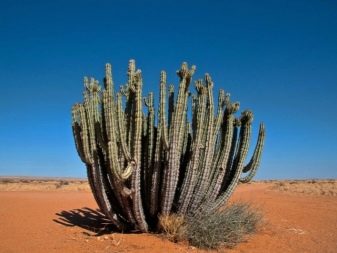
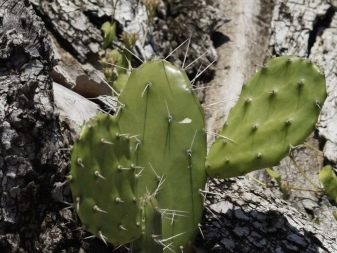
As a result of a number of studies, it was found that cacti can grow at latitudes up to 56 degrees in the north and up to 54 degrees in the south. The species from the opuntia group advanced farthest in both cases. If we talk about the number of species, then the main part of the cacti falls on:
- Mexico;
- Argentina;
- Peru;
- Chile;
- Bolivia.
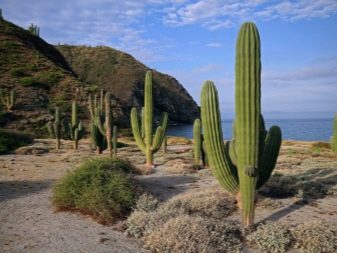
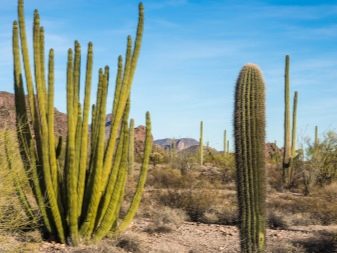
Already one description of the places where cacti live shows that they are highly environmentally flexible and can adapt to a wide variety of environments. Moreover, as a result of artificial resettlement, these plants have settled in Western Europe, and in the Crimea, and in the Astrakhan region, and in the deserts of Turkmenistan. There is also information about the discovery of epiphytic cacti in Africa, on various islands in the Indian Ocean (even in Sri Lanka).
Botanists classify cacti as carnation; this order includes the most dissimilar plants. The cacti themselves are divided into herbaceous, shrub and tree types, the height of their stem can be from 0.02 to 12 m.
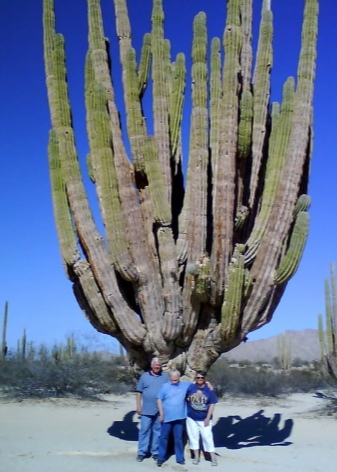
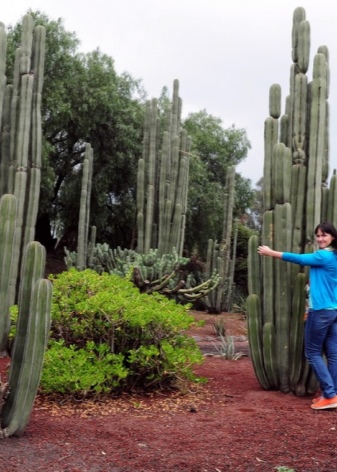
The cactus family is classified by different specialists in their own way. There are many approaches, each with advantages and disadvantages. Based on the frequently used systematization according to Bakeberg, 220 genera can be distinguished within the family, breaking up into 3000 species. But a number of biologists have expressed doubts about the validity of identifying such a significant number of genera.The recently appeared taxonomy of E. Anderson, which has already become very popular, reduces the number of births to only 124.
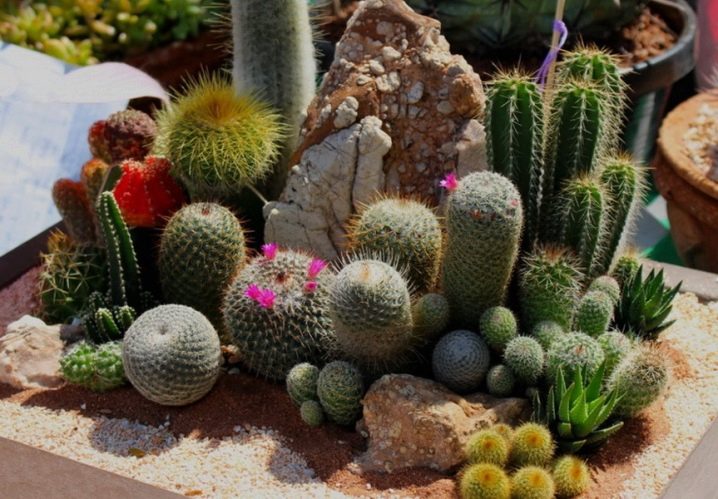
To cope with this powerful diversity, three subfamilies are additionally distinguished - pereskie, opuntia, cereus cacti. The first of the subfamilies has only a single genus with 17 species. Most of them are shrubs, reaching from 8 to 11 m in height. A characteristic external feature of peresian plants is a lignified stem. Long spines form on it; leaves can be either fully developed or reduced.

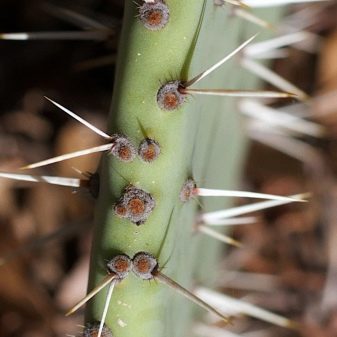
The role of the thorns is to allow the cactus to cling to the tree. Peresian species grow in Mexico and South American states. In these species, quite edible berries are formed. Opuntia cacti are distinguished by a much wider variety of geometric shapes: there are "balls" and "discs" and "cylinders" and "ovals". The foliage of opuntia cacti is highly reduced. After formation, it quickly falls off.
Plants can be full-fledged shrubs, standing upright or creeping along the ground. But the subfamily also includes shrubs that form a dense cushion on the ground. The color of the flowers may vary, but in any case they are large.
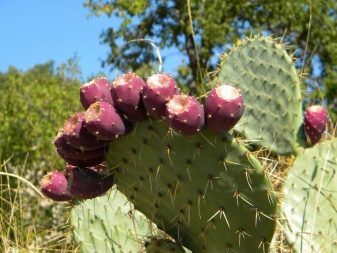

The fruits of opuntia cacti are also large. Quite a few species produce edible fruit. The seeds are flat and protected from adverse conditions by a strong shell.
It is worth mentioning about cereus cacti. This subfamily surpasses both other communities in the number of species. The species of Cereus are similar to each other only in that they do not have foliage and glochidia. Otherwise, the appearance of plants can be very different. There are epiphytes in the subfamily, and dwarf "balls", and large tree-like plants. Opuntia crops are most often used by gardeners and decorators.
But here we need to highlight another topic - the difference between cacti and other thorny succulents. The difference between the two is that cactus have areoles (that is, axillary buds that have changed for some reason).
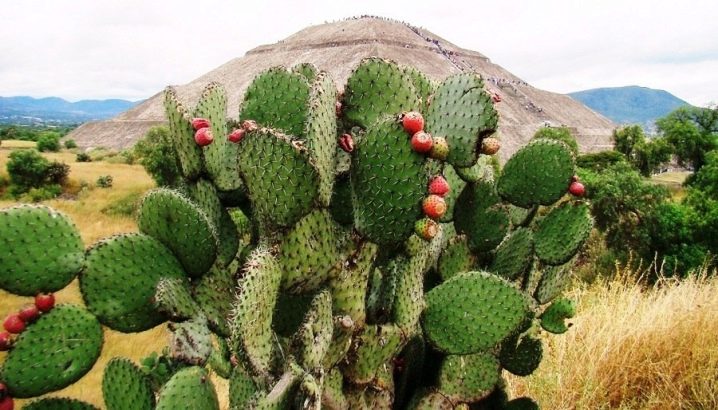
Areoles, located on the ribs of the stems, bear fruit and flowers. Also, sometimes leaves develop from the areoles. Most often, the modified kidneys are covered with thorns. Occasionally they are covered with fine hairs. For your information: there are also such cacti, including mammillaria, in which the areola has two component parts.
Cactus stems grow from the top (where there is a special growth point). This is where the cells divide, which allow the plant to grow wider and taller. Cacti grow (with rare exceptions) throughout their life. If the growth point is violated, the stem cannot grow, but lateral shoots are formed. The stems themselves consist almost entirely of water (sometimes only 4% of solids remain).
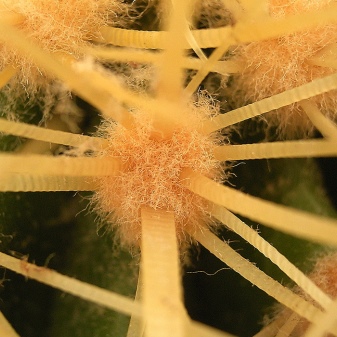
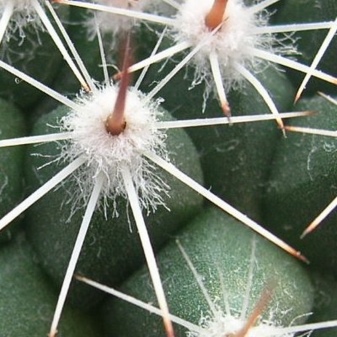
It is worth mentioning that the powerful adaptive capabilities of cacti are largely related to the structural features of the root system. In a number of species, it develops along the surface, while reaching a high power.
As a result, the plant can collect and make the most of even the smallest rainfall. There are also species in which a thick root is formed that accumulates nutrients. Thanks to such a root, it is possible to experience even a sharply unfavorable situation. The flowers are mainly found on the tops of the stems.
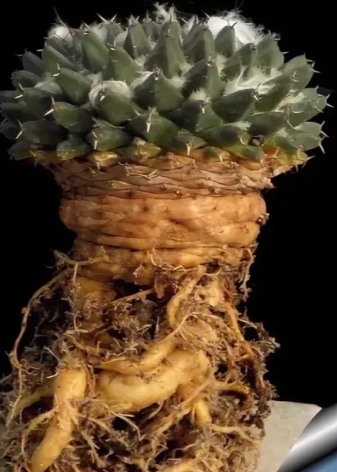
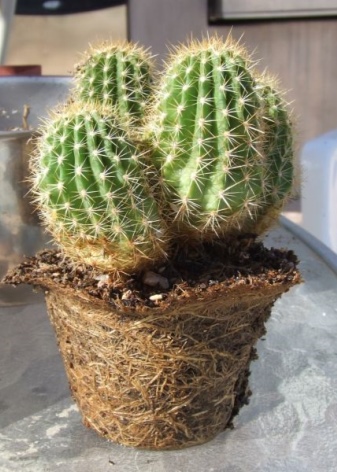
The color of flowers can vary greatly. But, interestingly, they are never colored blue. The structure is complex, with a mass of stamens.
Important: not a single cactus species is able to grow quickly. This circumstance should be taken into account by all plant lovers. Attempts to boost growth with top dressing can even kill the cactus. It can be fertilized, but only taking into account the entire range of environmental factors. A group of plants that arose about 30-40 million years ago requires a fairly strong illumination (origin affects).
At home, a cactus can live from 10 to 50 years.In deserts, the life expectancy of the largest specimens can reach a whole century.
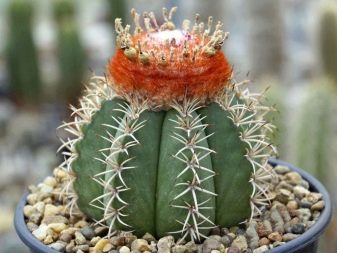
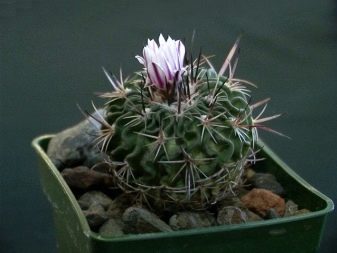
Structure
Some of the characteristics of plants from the cactus family have already been touched upon. But now it's time to cover this topic in more detail. First of all, it should be borne in mind that in everyday life, not the whole plant is called a cactus, but only its stem. It looks unusual due to the need to concentrate water and nutrients. The configuration of the stem and its size are the main features that make it possible to distinguish between individual species and subfamilies.
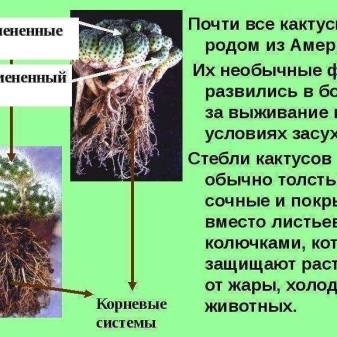
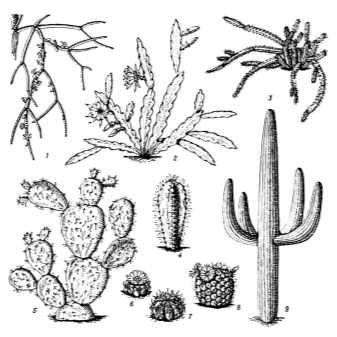
But the stem, along with moisture conservation, has another function - photosynthesis. This circumstance determines the dominant color of the ground part. The appearance of inclusions of other paints is associated with the appearance of other pigments or with the formation of protective deposits that cover the skin. In botanical and horticultural descriptions, this point is also described in sufficient detail. Another descriptive feature is tubercles and ribs; may differ:
- the number of such tubercles;
- their location;
- magnitude;
- geometric configuration.
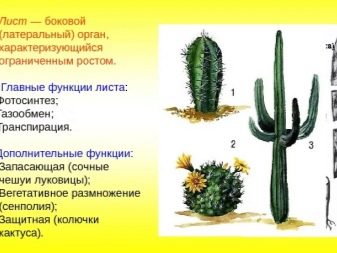

Very often there are species in which the stem is not monolithic, but is divided into parts. Sideward processes are rare and dense, and can form at the base of the stem or near its apex. In many sources, you can read that the cactus family is covered with thorns, but there are species on which it is impossible to find a single thorn.
The decisive factor that allows a plant to be classified as a cacti is that they have organs of a special type - areola. Transformed (modified) kidneys look like spots. The distribution of these spots along the stem is even. The usual idea of cactus thorns as "needles" is not always justified. Moreover, botanists have not been surprised for a long time:
- "Blades";
- "Bristles";
- "Hooks";
- thickened thorns;
- feathers.
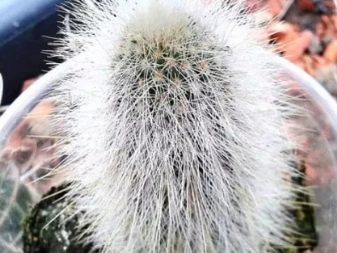

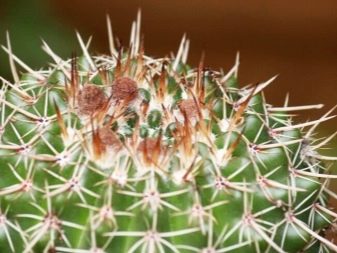
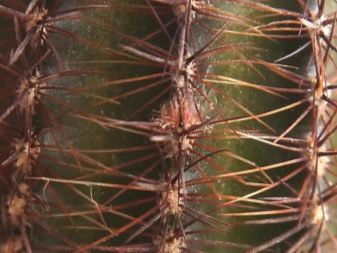
Moreover, all such structures can grow not only straight, but also at an angle. Their color varies greatly - from white to black. It is quite possible to find red, yellowish, and brown thorns. Some of them are visible from afar, others can be seen clearly only with a magnifying glass. The areola contains from 1 to more than 100 spines.
One areola may contain spines differing in configuration and color. And even this is not all - the appearance of the thorny parts can change due to the genetic characteristics of the specimen and the conditions of its life. The thorns of one plant also change at different periods of its life.
It has long been established that these are leaves that have changed as a result of evolution. What is less known is that some of the cactus can have real foliage, sometimes even fully developing. In most cases, the leaves of these succulents are typical rudiments. It is impossible not to say about the flowers of cacti. They have almost no division between the petal and sepal. Inflorescences appear only occasionally. The formation of peduncles is excluded. But the appearance of a flower in cactus can be extremely different. Specific:
- magnitude;
- colors;
- the total number of petals;
- the geometry of these petals;
- tonality of anthers and other parts;
- the appearance of the bud;
- flowering time;
- daily cycle of life;
- aroma;
- the age of flowering plants;
- the duration of the existence of one flower.
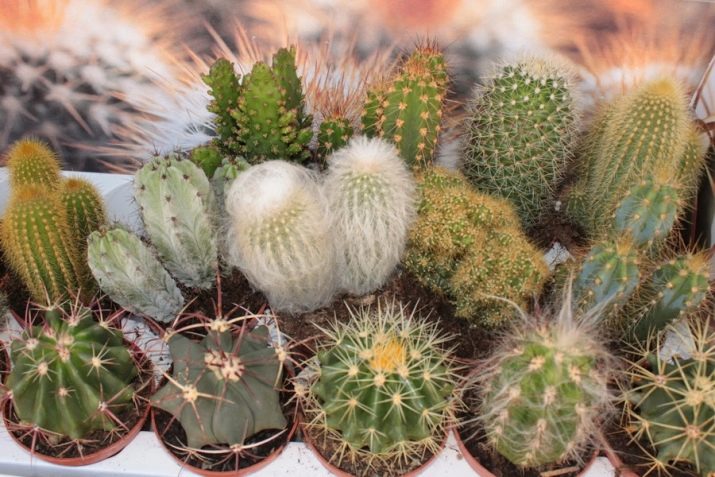
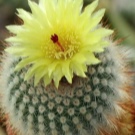
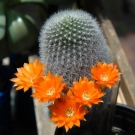
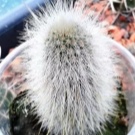
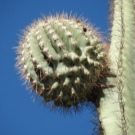
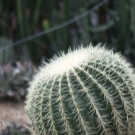
When the cactus plants bloom, it is time for the fruit to form. A large part of the species does not require cross-pollination - this is also one of the significant distinctive features. The berries contain a lot of seeds. Depending on the type, the fruit is either juicy or dries quickly. The fruits can be prickly or hairy, have different colors, and open when ripe in different ways. Another identifying feature is the type of seeds.
Modern specialists in many cases, having only seeds, can successfully determine the type of cactus. The root system of these plants is very diverse.Plants whose roots look like turnip have the best prospects in floriculture practice. But at the same time, such crops require very careful care.
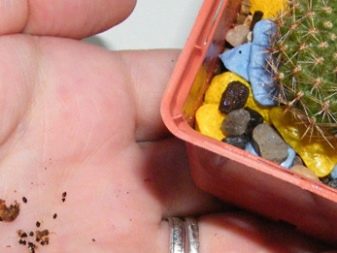
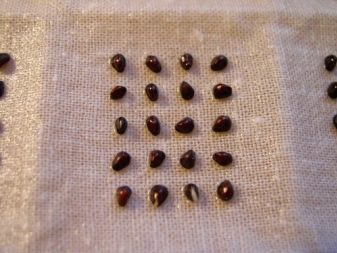
Returning to the stems, it is necessary to point out that they have a special tissue (xylem) that conducts water. The liquid remains in it for a long time. In the middle part of the stems, a thick juice with a high viscosity accumulates. The covering tissues are very thick and have a waxy coating on the outside.
All this together allows you to minimize unnecessary water loss, and in order to further reduce them, photosynthesis is transferred deep into the trunk. Wrinkles and folds can be seen on the surface of most cactus plants. They are also not accidental: these structures are designed to cool the stem. Thanks to them, the plant can receive a large amount of sunlight. This structure improves the efficiency of photosynthesis.
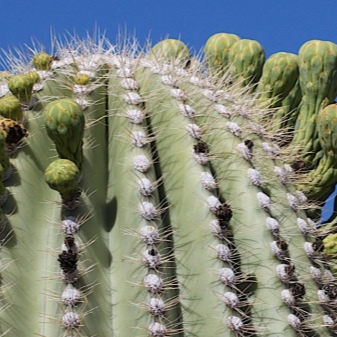
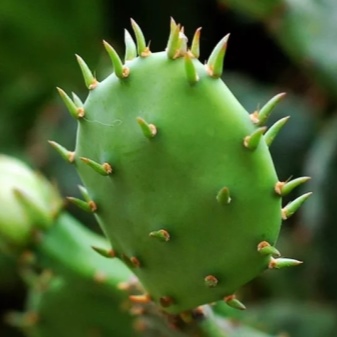
Quite a few species are distinguished by the coverage of the tops of the stems with colorless hairs. They reflect the sun's rays so that growth zones do not overheat. The size of the fruits varies from 0.002 to 0.1 m. Usually, the fruit has juicy seeds that stick to the animals; thereby increasing the radius of settlement of cacti. Some species have seeds with a significant amount of fat. They are eaten by ants, which thus act as "sowers".
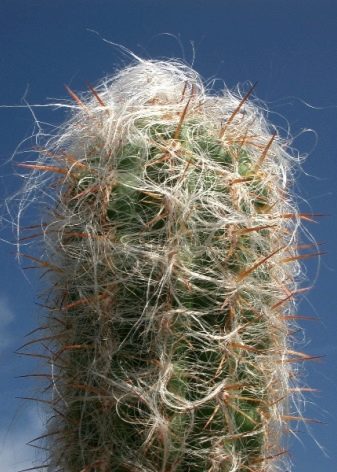
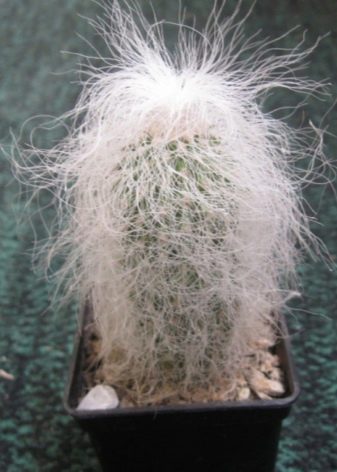
Cactuses with dry seeds have made a different evolutionary course - they have developed many types of bristles and spines. Also, dry seed can be divided into parts. The flowers blooming at night are predominantly white and emit a rich, sweet aroma.
Varieties
The general description shows that among the cactus there are many beautiful ornamental plants. But now it is necessary to say about specific species in more detail.
- Considerable interest is astrophytum, which at an early age looks like a ball covered with ribs. As it matures, it looks closer to a cylinder of 0.15 - 0.3 m in size.
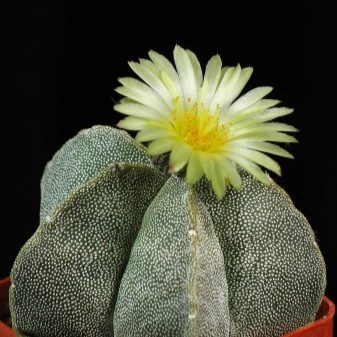
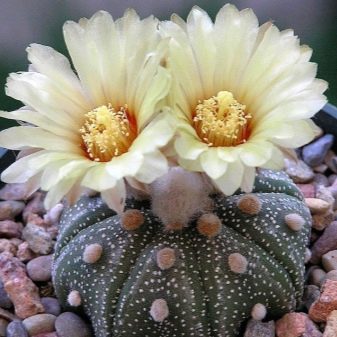
- Beginners are advised to look closely at echinocereus. This type of cactus has soft stems in the form of ribbed cylinders. The length of the stem varies from 0.15 to 0.6 m. The growing Echinocereus branches, and its areoles form a mass of spines. An expressive feature of the plant is the large size of the funnel-shaped flowers. They are located on the lateral sides of the shoots. The color of the flowers varies greatly. When flowering ends, juicy fruits are formed.

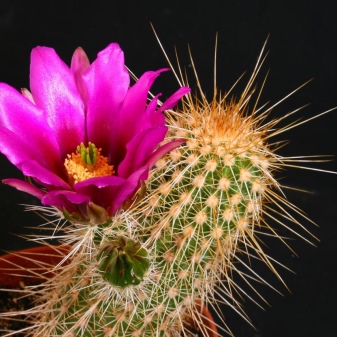
- If you want to try slow growing cacti, you should start with echinocactus... Outwardly, it is a ball gradually turning into a barrel. Stems with pronounced ribs are painted in dark green tones. Areoles are numerous and have yellow spines. Near the top of the stem, they gather like a dense hairy hair. That is why the name "golden ball" is found.
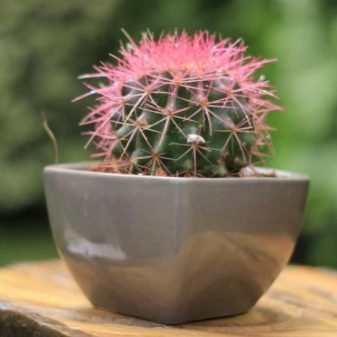
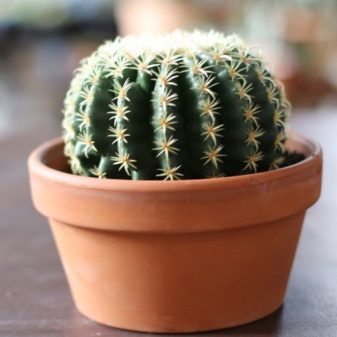
- Echinopsis may also be dark green, but there are also bright green specimens among them. Areoles are formed on well-visible ribs. Relatively short brown spines grow from them.

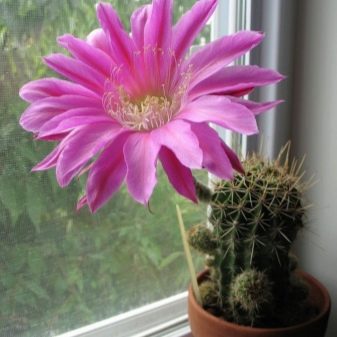
- Ferocactus resembles a ball or cylinder; it has bright thorns, can be straight or curved. Children can form from shoots. Ferocactus has poorly developed roots. For parodies, a small barrel is characteristic, it can look like a ball or a cylinder. The ribs are clearly visible, they have relatively low tubercles. Flowers resemble tubular funnels. The size of the petals is relatively small. When flowering ends, small, hairy fruits appear.
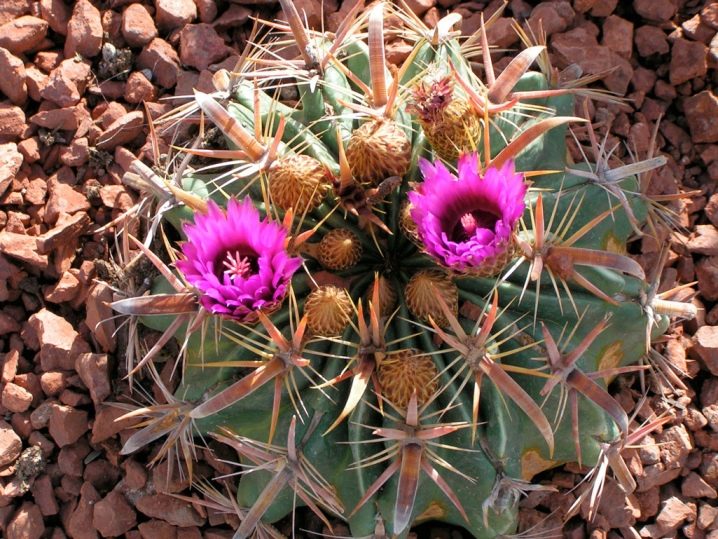
- Novice growers should try their hand at growing indoor cleistocactus. They do not require any complicated maintenance work. Growth is relatively slow, but the shoots grow to a great length. They branch out near the base. Cleistocactus species can have creeping shoots - these plants are recommended for hanging baskets.
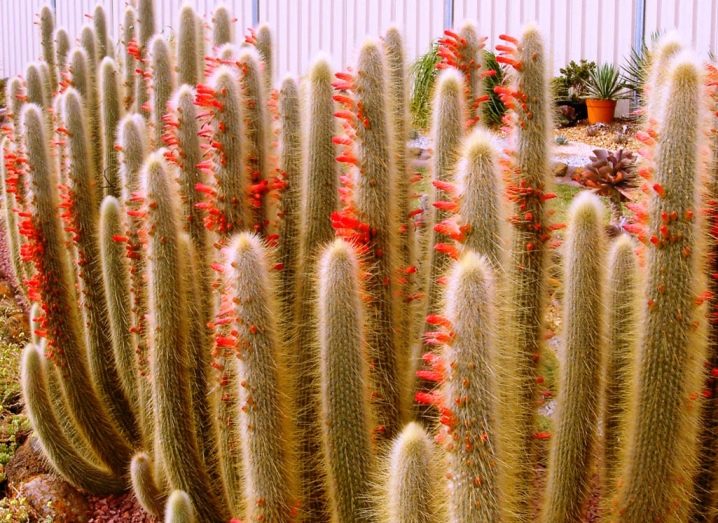
- The smallest cacti include coryphant... It grows naturally in Mexico and the southern states of the United States. Powerful yellow spines are favorably set off by large flowers. Some species of coryphants can form small children. Flowering begins at a strictly defined age, and the first sign of it is the thickening of hairs at the top.
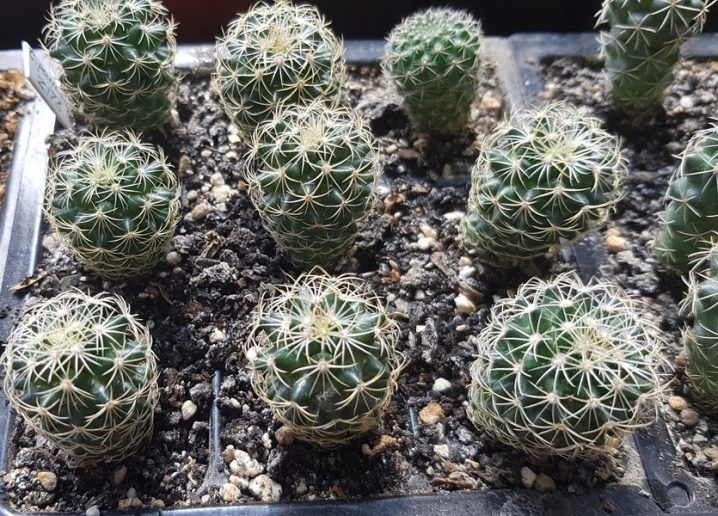
Conditions of detention
It would take a long time to describe the nuances of the structure of cacti and their varieties. But much more important is the information that will allow you to cultivate this plant at home. Yes, they are unpretentious, and the succulent will be able to "just survive" almost everywhere. However, the real challenge for gardeners and florists is the flowering of cactus plants. It is quite difficult to achieve it. The specificity of the content is highly dependent on the specific species.
Forest varieties can thrive in partial shade, and even in dense shade. But all other cacti at home can only be grown in bright light. It is impossible to avoid deformation of the trunk, if you do not unfold it systematically, exposing a new side to the sun.
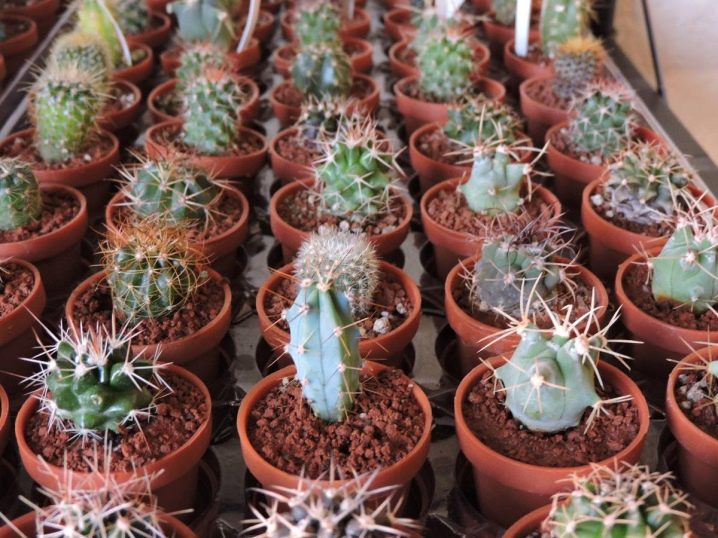
Important: cacti only welcome temperature changes. Unlike the overwhelming majority of plants, this situation is quite natural for them. During the summer months, the thorny succulent plant should be kept at a high temperature and low humidity. In the cold season, the air should be warmed up to a maximum of 14-16 degrees. Wintering in warm rooms blocks flowering.
Soil for cacti can be safely taken in the store, but some prepare it themselves. For this purpose, mix:
- washed river sand;
- leafy ground;
- charcoal;
- a small amount of peat.

Form the mixture so that it is as loose as possible. Weak acidity is optimal. Clay should never be added - in its raw form, it interferes with the normal respiration of the roots. If the clay dries out, it will crack and can damage the roots purely mechanically.
Care
Even plants that are unpretentious in nature need some care. At home, they are completely dependent on the attention and care of the grower.

Watering
Despite the resistance of cacti to drought in natural conditions, it is impossible to grow them without watering. The need of plants for water is quite high if the heat comes. This is especially true for young specimens. Watering is carried out daily, in the morning. The smallest plants are simply sprayed. In winter, all watering is reduced to preventing the final drying out of the earth.
At the same time, the frequency of irrigation is noticeably reduced: young specimens are watered monthly, and adults - in general, twice during the entire rest period. If the air temperature drops, the frequency of watering is also reduced.
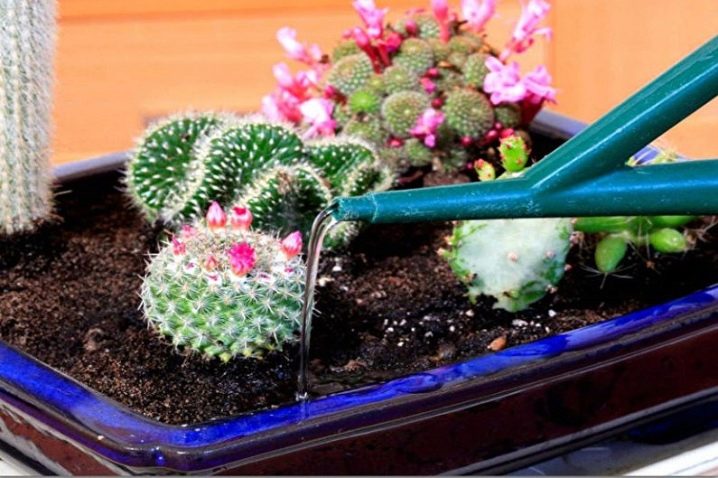
Top dressing
Taking care of cactus plants means, among other things, systematic feeding. It begins at the beginning of the growing season, as soon as the dormant period is over and warm sunny days are firmly established. The use of store-bought fertilizers is quite effective. Introduce them every 7 days, from March to the last days of October.
Important: it is better to synchronize feeding and watering, as well as abandon fertilization of flowering plants.
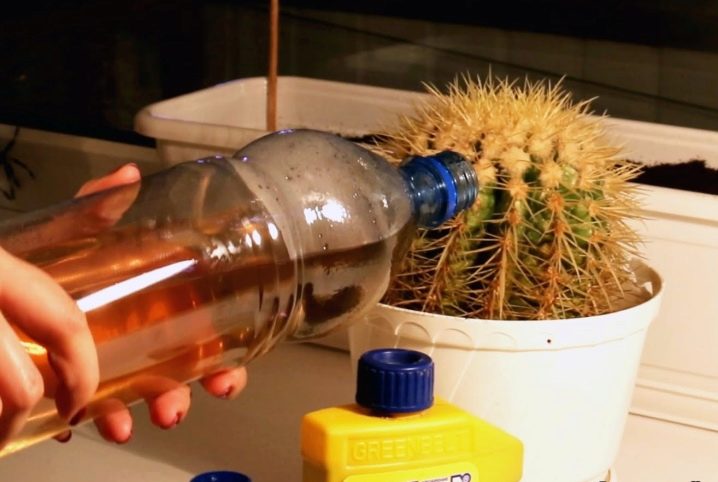
Wintering
Speaking about how to grow representatives of the cactus family, it is necessary to mention not only watering and fertilization, but also the organization of wintering. It can even take place in an ordinary apartment. To achieve flowering, watering is reduced already at the beginning of autumn (up to 2 or 3 times a month). They are brought to a minimum in the last decade of October. At the same time, the cactus is moved to places where the temperature ranges from 6 to 12 degrees.
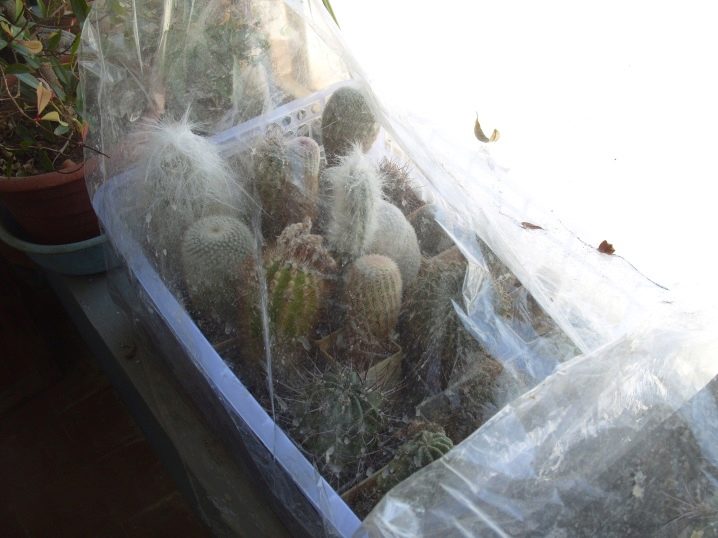
Sometimes this is not possible. Then you can simply leave the plants in the same place, only by separating them with partitions or cardboard boxes. In this case, from the side of the window, the light should pass unhindered.
Those varieties that require a minimum amount of light are allowed to be placed in the refrigerator. Then use ordinary cardboard boxes.Plants should only be stored on the top shelf of the refrigerator, and preferably away from the back wall. Important: this method is categorically not suitable for thermophilic varieties. It should not be used if there is the slightest opportunity to maintain the desired temperature differently. Some growers send cacti to winter on glazed balconies. There they must be put in boxes and insulated with any suitable material.
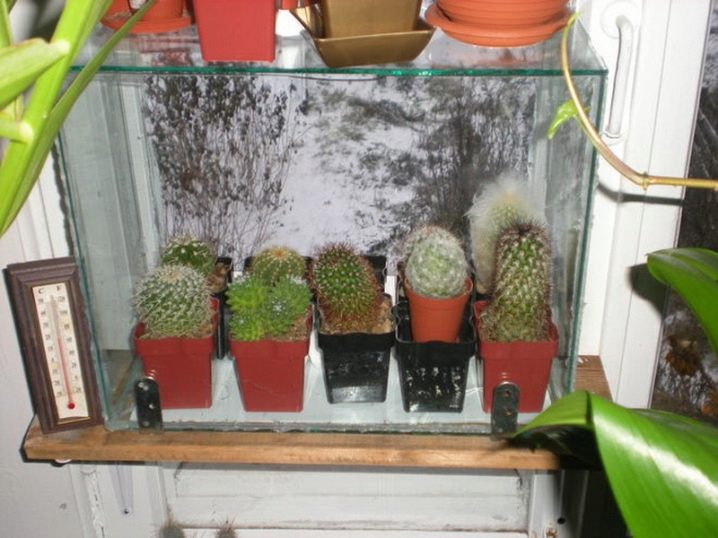
Reproduction and transplantation
The usual instruction for growing cacti cannot do without mentioning transplants. Mature plants can grow in the same land for up to 3 years in a row. When it comes time to replant them, tongs are usually used, but some growers prefer to simply wear thick gloves. For your information: in the last 5 days before transplanting, the earthen lump should not be watered. If the plant has already bloomed, it cannot be moved to new soil.
It is very important to choose the right pot. It is undesirable to rush to transplant even in cases when roots have appeared from the drainage holes. It is likely that from this point on, the plant will accumulate green mass for some time.
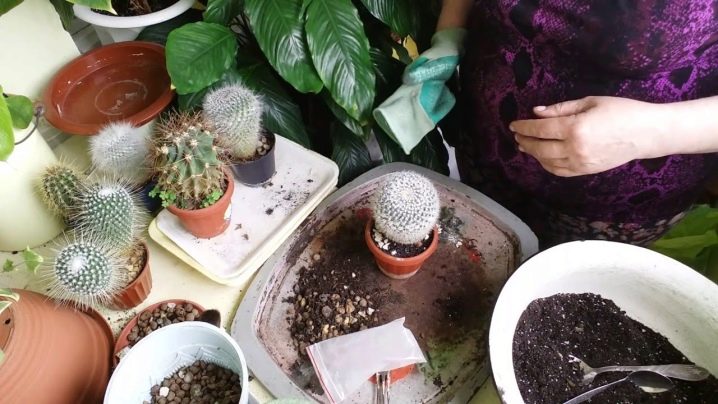
If the specimen has developed deep roots, the container should be narrow but high in height. Wide flowerpots are used for varieties that produce a significant number of children. At the very bottom, a drainage layer is certainly placed:
- expanded clay;
- river rolled pebbles;
- brick;
- Styrofoam (but not practical).

It is very important to ensure a dense layout of the soil - for this, during filling, it is sometimes necessary to knock on the walls of the pot. When the soil is laid, you can immediately plant a cactus, but you cannot deepen it. The soil layer should be 0.01 m below the edge of the tank. The remaining gap is filled with shells or small stones. The easiest way to propagate a cactus is with children and cuttings. If children are not formed on some species, grafting is recommended.
Vaccinations are carried out in the spring or in June, when there is a rapid growth by the standards of succulents. Sowing seeds is done in January and February, but seed reproduction is very difficult and risky.
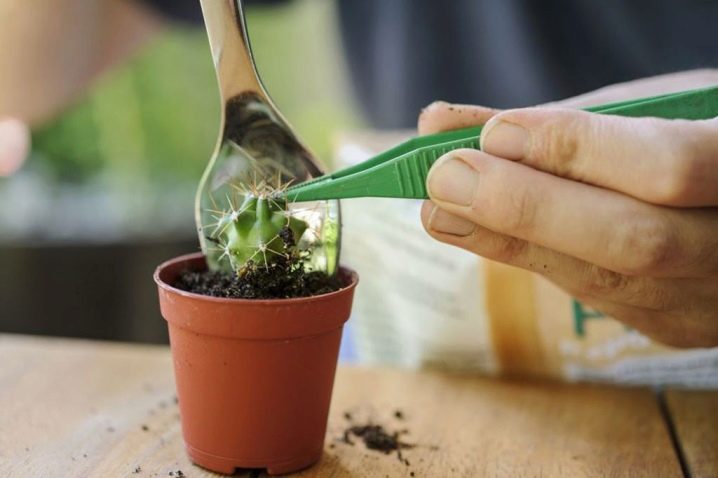
It is categorically impossible to use nutrient soil. In it, seedlings can rot or suffer from mold. At least 50% of the planting mixture should be sand, which is pre-disinfected. To ignite or process with boiling water - the growers themselves decide.
Diseases and pests
The impressive endurance of cacti does not mean that they are completely protected from infections and various pests. Moreover, it is often impossible to recognize the real problem without costly expertise. Important: the less often a particular species is, the more valuable it is considered, the higher the risk of problems. The only way to really do something is to adhere to the conditions of detention as scrupulously as possible. It is enough to admit the slightest deviation, as serious diseases arise.
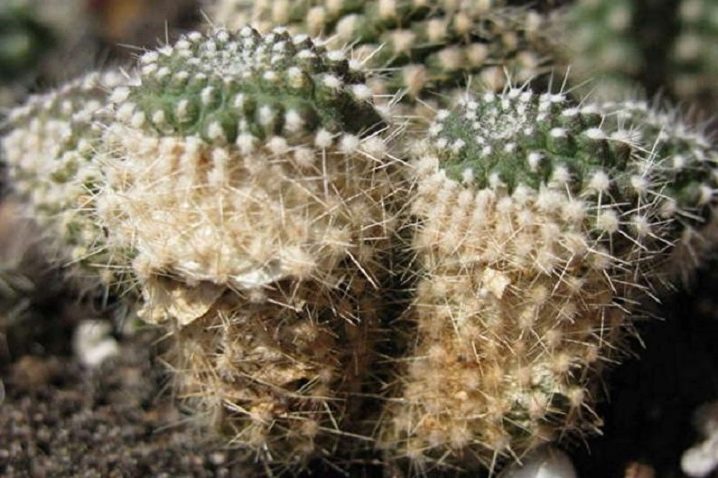
Rot is the biggest threat. If the roots are rotting, it can be assumed that the cactus is simply reacting to adverse conditions. A similar condition manifests itself most often in prolonged inhibited growth. At the same time, the stem may dry out, and even increased watering does not help. When rot is not too severe, replanting partially healthy plants can help. Additionally, it is worth subjecting the cactus to a hot bath.
You should not throw the plant away, even if the root system is almost completely degraded. The earthen ball is thoroughly washed in hot water, then the dead tissue is removed, even if only the root collar remains. Important: the cut should be done only with sterilized instruments, and the cut points will also have to be disinfected.
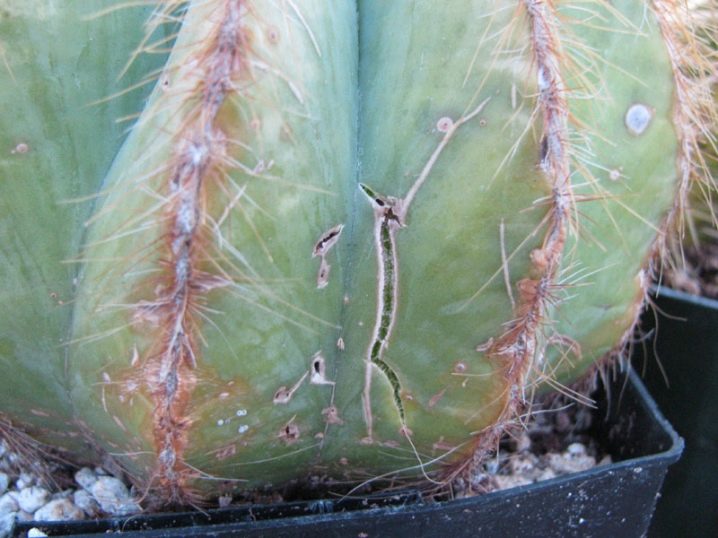
Much worse stem wet rot. This disease develops much faster, and it is noticed only in the later stages. The decayed tissue is cut off completely. Disinfection is done very carefully. The plant can be restored if the damage is small.Of course, if a lot of tissue is cut, the surviving specimens will inevitably be mutilated. Therefore, it is better to get rid of insufficiently valuable cacti.
If a particular plant is very important, you can use side shoots or surviving remnants. Dry rot cannot be cured. But you can periodically treat the plant with fungicides, then the disease will be prevented.
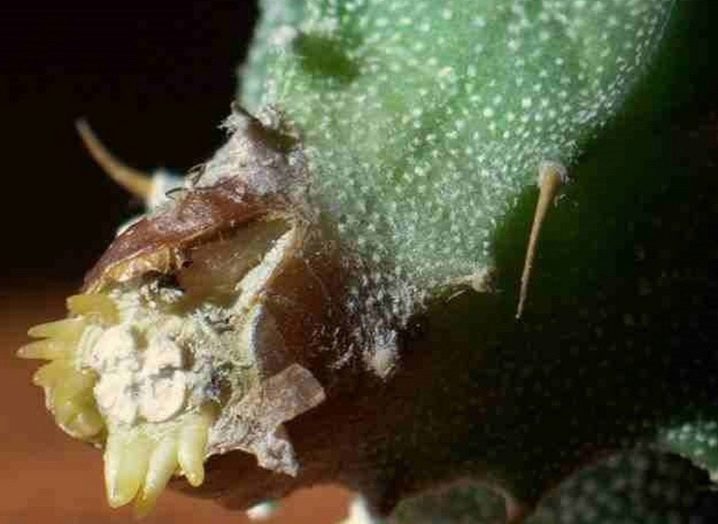
Spots can be the result of infection by microbes or viruses. These microorganisms mainly infect specimens that have suffered from adverse conditions. The appearance of spots can vary greatly in shape, color and depth. There is no point in removing spots. To prevent the spread of mottling, still healthy specimens should be sprayed with fungicides. But a much better result is the elimination of the causes of the disease.
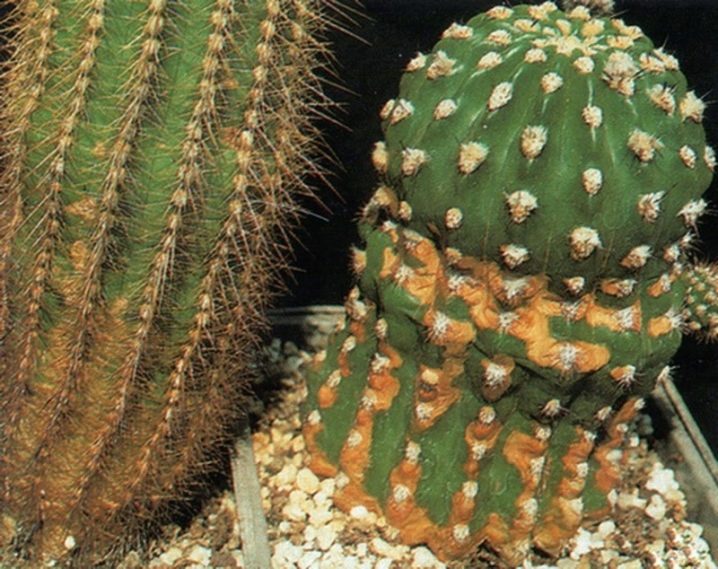
Examples in the interior
We could talk about cacti for a long time. However, it is better to show how they can be applied in the decoration of the premises of the house. The photo below shows exactly how a composition of succulents of various sizes looks like. The largest of them are placed on the floor in the foreground. Smaller specimens are placed on shelves against the background of a light pink wall.

But even if the wall is bluish, it is quite possible to use cacti for decoration. The composition is largely based on the use of plants of various forms. These are classic cylinders stretched upwards with red tops, and shoots sticking out randomly in all directions, and a cactus with a guitar-shaped top, and even a plate specimen.
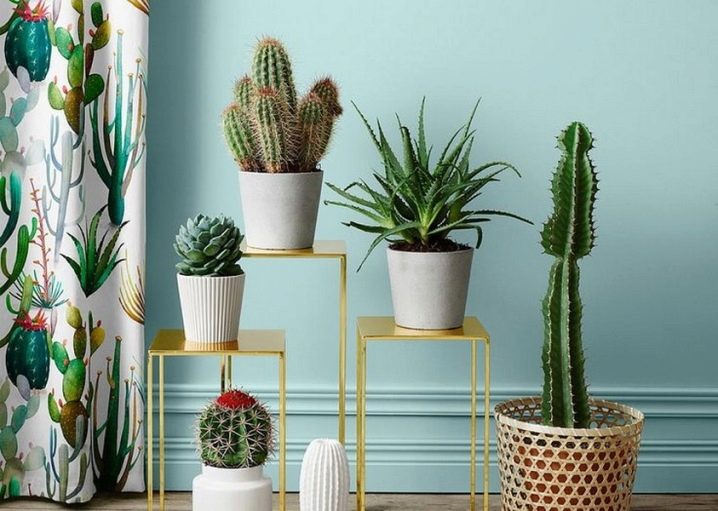
But the delights of designers do not end there, there are even more original solutions. For example, you can plant multi-stemmed cacti inside zebra figurines on the window. A tapeworm can also be a good idea. Especially if the cactus itself is embossed and has an unusual shape. The photo shows just such a design method - using a unique flowerpot in the shape of a shoe.
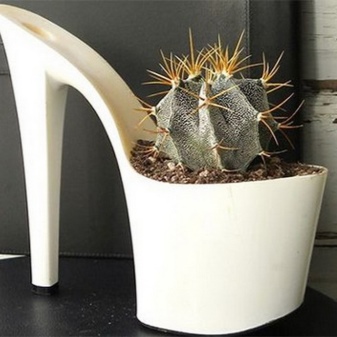

For information on how to properly care for a cactus, see the next video.























































Great article! Thanks to the author. It is much more pleasant to grow such beauty with your own hands.
Good article!
Great article! Thanks to the author. Everything is clear and accessible.
The comment was sent successfully.